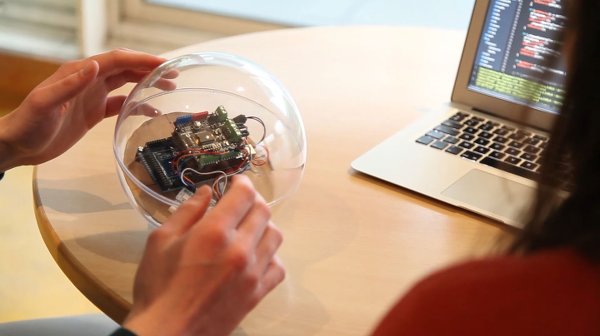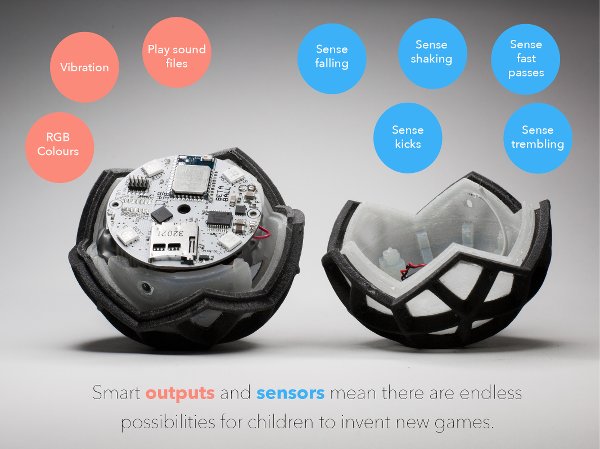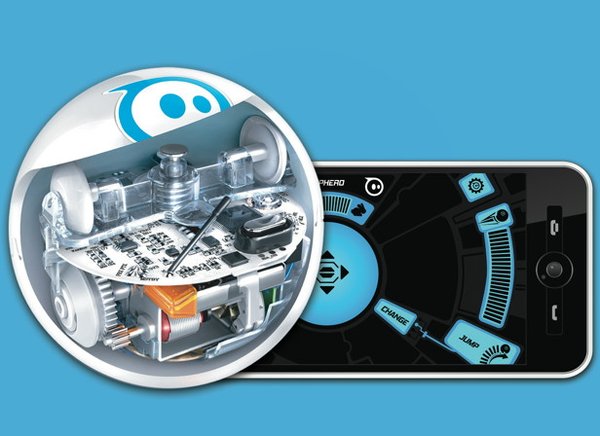
Assignment
"propose a final project that integrates the range of units covered:
1. what will it do?
2. who's done what beforehand?
3. what materials and components will be required?
4. where will they come from?
5. how much will it cost?
6. what parts and systems will be made?
7. what processes will be used?
8. what tasks need to be completed?
9. what questions need to be answered?
10. what is the schedule?
11. how will it be evaluated?
projects can be separate or joint, but need to show individual mastery of all of the skills
where possible, you should make rather than buy the parts of your project".
1. What will it do?
As a lecturer of interactive media and a mother, I like the idea of designing a toy that will inspire toddlers (1-3) to play cooperatively. It's a really interesting age span, in which children take huge leaps in terms of mental and motor skills. Pre-toddlers aged 1-1.5 are completely in awe of objects that produce light, sounds, colour. Motor skills are rough but shaking an object is something they usually master. Toddlers aged 2-3 have started to develop finer motor skills and are often keen to find out how stuff works.
The plan for my final project is to design and develop two kid-proof balls that communicate via radio chips. Through gesture control (accelerometer), each ball can generate light, colour and vibration in the other ball (RGB LEDs, speaker). For the youngest children, it will most likely be enough to see, feel, hear the ball that is changing color or vibrates, for the older toddlers it's possible to really find out which gesture generates which reaction, and play with that. I'm planning to 3D print the balls and add kid-proofness by designing a soft silicone cover that will keep it closed and shock-protect the electronics inside (to a certain extent).
* "Temari (meaning handball), is a Japanese folk art form of embroidering balls for handball games or just plain decoration. Back in the day (around 7th century AD), the spheres were made from old kimono remnants that were wadded up into a ball and then wrapped with strips of fabric. Over time, the process of constructing one transitioned into an art form with the colors and threads meant to wish the recipient of the gift a bright and happy life." (makezine.com)
interaction scheme
At this point I'm not sure whether I'll manage to program all of this, but interaction is intended to work as described below. As long as ball 1 is being moved it is transmitting data and the ball 2 can only receive data. When ball 1 is unmoved for a certain period of time, ball 2 can start transmitting. I would like the shake movement to function as a wake up call for either of the balls to start transmission. I'm still unsure whether the transmitting ball should also light up in the same colours, or rather in a white pattern - This is something I need to test and feel the logic of.
| ball 1 | ball 2 |
| switched off no light |
no connection constant white light |
| switched on no movement |
ready for action glowing white light |
| shake wake up, start transmission |
vibrate random color flash |
| move over x axis | red colored light intensity defined by speed |
| move over y axis | green colored light intensity defined by speed |
| move over z axis | blue colored light intensity defined by speed |



2. Who's done what beforehand?
I've found (and been pointed towards; thanks Natalia, Loes!) several interesting projects online that are worth exploring for my final project. Some in terms of interaction, some in terms of hardware. None of the projects below are aimed at toddlers specifically, but I'd like to really optimize my ball game for this audience. Also, they are all one ball, communicating in most cases with an app.
MOTI http://leka.io
Moti is a robotic ball that is sensitive to its environment, moves on its own, and changes colours to emote feelings; specifically designed for children with special needs. All of its hardware and software is open souce and available on Github. Moti is made with Arduino and uses a bluetooth module to transfer data of the child's interaction with it to a server, where it gets analysed. The behaviour of the robot is then adjusted according to the child's needs. The Moti ball is quite large, about 20 cm in diameter, also - I'm guessing' to accomodate the wheels and motors that make it move around. here.

Things to learn from Moti;
I like the way the ball really invokes wonder with colors, sound and movement, even though the mechanism inside is totally visible.
HACKABALLhttp://www.hackaball.com/us
Hackaball is a successful 2015 Kickstarter project described as “a programmable ball for active and creative play”. The Hackaball target audience is six- to 10-year-old children who have started learning programming skills in primary school. The ball is fitted with many sensors to detect whether it’s still or moving, as well as whether it’s being dropped, bounced, kicked or shaken. Children can come up with games by modifying the ball’s behaviour through an iOS or OSX app.

Things to learn from Hackaball;
I love the silicone 'netting' that keeps the parts together and even allows the ball to be kicked. I wouldn't go that far, but I am going to use the knowledge I gained from molding and casting to develop a flexible cover that I can stretch around the ball so that it is less vulnerable.
SPHERO http://www.gosphero.com
For both commercial products Hackaball and Sphero information on the exact technology used is hard to find. Both have enticing videos that promote the games you can play with the balls. Sphero can be remotely controlled to roll or 'drive' at 4.5 MpH. It has LEDs, is water tight, has a silicone cover and mentions a Bluetooth range of 30m. Sounds like a very cool toy for an age group a bit older than mine.
 ..................................................................................................................................................................................
..................................................................................................................................................................................
3. What materials and components will be required?
4. Where will they come from?
5. What do they cost?
 ..................................................................................................................................................................................
..................................................................................................................................................................................
6. What parts and systems will be made?
7. What processes will be used?
8. What tasks need to be completed?
9. What questions need to be answered?
10. What is the schedule?
11. How will it be evaluated?
A functioning radio connection and gesture controlled light and colour is vital for the project to facilitate cooperative play. Secondary evaluation points could be kid-proofness and the overall aesthetic value.
..................................................................................................................................................................................